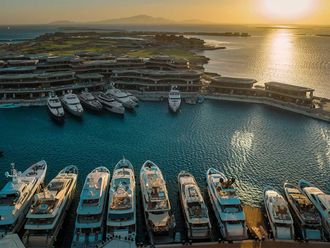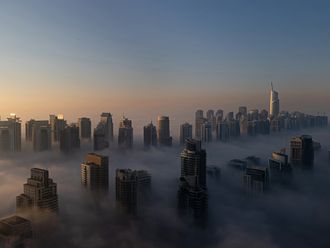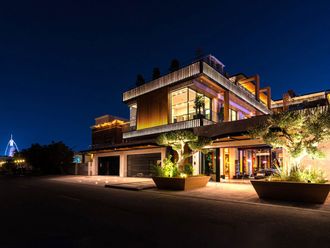Authorities in Oman are doing the right thing in the pursuit of creating job opportunities for the sultanate's locals.
Reference is made to the drive for developing new industrial parks and expanding existing ones.
Undoubtedly, industrial undertakings tend to have the capacity to create a sizable number of jobs, a primary economic goal for the country. The shortage of jobs for locals played a factor in the short civil unrest that engulfed Oman in early 2011.
In reaction, officials committed themselves to exert fresh efforts to find suitable employment opportunities as part of wider economic development. Yet numerous indications suggest that the authorities are making good on their promises.
The most outstanding step relates to studying a proposal to develop three new industrial estates namely Sumail, Ibri and Musandam with a total capacity of 16 million square metres. At the moment, the sultanate boasts six industrial estates namely: Rusayl, Sohar, Nizwa, Sur, Al Buraimi and Raysut with a total area of 71 million square metres.
For good reasons, expansion plans are under way in several industrial estates, notably Rusayl, the country's largest.
In addition, firms dealing with information technology are enticed to set up premises at Knowledge Oasis Muscat.
The project spans 20,000 square metres and has already attracted international firms such as Microsoft, Motor-ola and Oracle, to name a few such enterprises.
Still, there are the special economic or free zones, the most famous of which is Sohar.
Most developed town
Incidentally, protesters selected Sohar, the most developed industrial town in the sultanate, to stage protests last year and for an understandable reason. The choice could not be more accurate, as Sohar models as the most developed industrial town in the country, and hence uniquely capable of creating employment opportunities.
As suggested above, industrial development is essential to address a critical employment headache that cannot be overlooked. It is believed that the jobless rate stands anywhere between 12 and 15 per cent among eligible Omanis. In the absence of a taxation regime, actual unemployment is not an exact science, as some of the jobless engage in activities in order to sustain their living expenses.
If anything, statistics add to the worry, as some 31 per cent of the population is below 14 years of age.
In fact, Oman joins fellow Gulf Cooperation Council (GCC) member Saudi Arabia where nationals make up the majority of the population.
By contrast, locals constitute a minority in Qatar, the UAE, Kuwait and Bahrain.
Nevertheless, the country is well-placed to meet the challenge of pouring funds into industrial development, judging by positive news emerging from the petroleum sector.
Recently available statistics point to oil output amounting to 884,900 barrels a day in 2011, up by 2.3 per cent from 2010.
The average oil price amounted to $102 per barrel, up 34 per cent from $76.6 per barrel in 2010.
Conversely, the budget for fiscal years 2011 and 2012 were prepared with average oil prices of $58 and $50 per barrel.
What's more, average gas production increased by 4.4 per cent to 95.1 million cubic metres per day in 2011.
Treasury income
The petroleum sector, composed of both oil and gas, contributes more than two thirds of treasury income, in turn the main source of spending.
Happily enough, officials in Oman deserve to be commended for using the extra oil proceeds to diversify the economy away from the petroleum sector by investing in industrial development.
The writer is a Member of Parliament in Bahrain.












